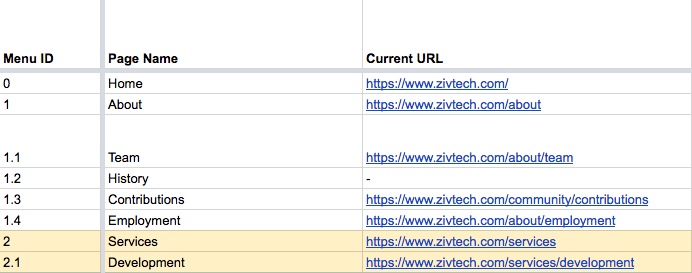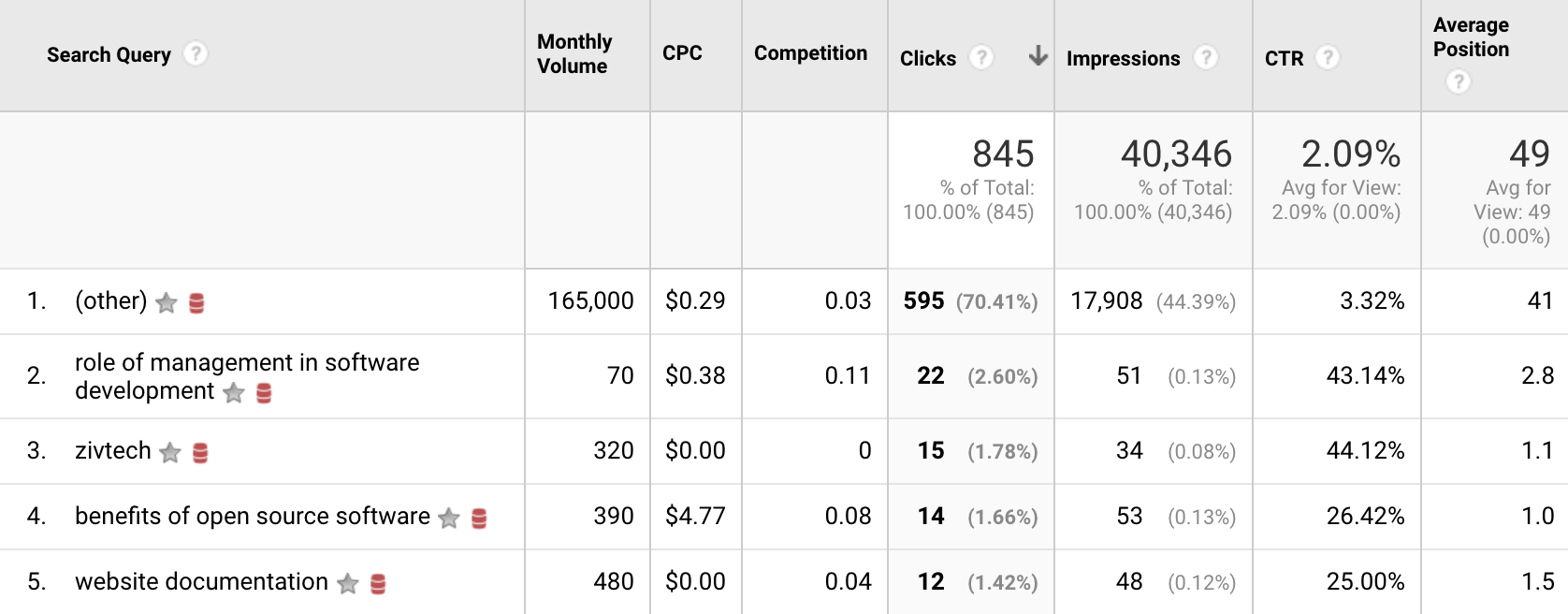Your company’s content strategy is the most important aspect of its digital presence. A well-designed homepage with impressive features is nice to look at, but it won’t get you very far if there aren’t any words on it. Content is the medium through which you speak to your customers. It’s a catalyst for building relationships and brand loyalty. Basically, it’s a big deal.
If you haven’t put significant time and effort into your site content in the past, it’s time to start. Here's what you need to build out an effective content strategy.
Perform a Content Audit
When you set out to redesign your website, the first step in your content strategy should be a content audit. An audit is a qualitative analysis of the content that’s currently on your site. It provides a holistic overview of the information and serves as the foundation for future planning. Content audits are time consuming, but they’re the backbone of your overall content strategy.
Start with an inventory spreadsheet to organize the sections and pages of your site. Use a unique number to identify sections, and the pages within those sections. Here’s an example with a few sections from our website.

It may help to color code different sections to keep things organized.
Once each page is accounted for, you’ll also want to include the current URL and a brief analysis that will help determine what will happen to each piece of content. Our audit includes a column with the options move, leave, create, delete, or edit and an additional notes column for more details. You can also assign numerical values or grades to evaluate the status of the content on each page.
When you evaluate each piece of content, you’ll want to keep certain things in mind. You should make sure it’s up to date, clean, clear, and professional. It should be consistent with the rest of your site’s messaging and speak to a specific persona, which we’ll cover in more depth in the next section.
Define Your User Personas
Your content won’t effectively speak to site visitors if you don’t take the time to research who they are. User personas are representations of the major user groups on your website, and they’re critical to your content strategy.
It’s up to you how detailed you want to be, but at the very least, you should describe why each persona visits your site and what his or her goals are. Identifying frustrations helps determine how your business can solve his or her problems. Additional information about the persona’s personality can act as a guide as you determine messaging. Take a look at the categories that we typically include in the template below.

Even if you’ve created personas in the past, take some time to revisit them now and make sure they’re accurate. Your content will resonate better with your audience as a result.
Make the Most of Your Data
Use data to help guide your content strategy. Google Analytics shows you the most popular pages on your site along with the average number of pages users view per session.
You can also look at the way users flow through your site and which pages they leave from. Are your users taking the actions you want them to? If not, how could you improve your content to better encourage these actions?
Take a look at the search queries that lead to visits on your site. What are people looking for when they visit?

All of these metrics can help better inform your content strategy.
Perform a Gap Analysis
Your content strategy has a solid foundation now that you’ve done a content audit and developed some personas. Your analytics research has also given you insight into the most popular content on your site and the search terms that lead people there.
With all of this information, it’s time to perform a gap analysis. Based on the existing content on your site and what you know about your user needs and frustrations, what content is missing? You may want to create more content that’s similar to your most visited pages to provide even more detail on a popular subject. Think about the information that each of your personas need in order to fulfill their goals and make sure it exists on your site.
Create Your Writing Style Guide
It’s likely that you have a number of content contributors at your company, and not all of them sound the same when they write. This is why it’s critical that your business have a writing style guide.
A style guide should cover the style manual your company uses (e.g. AP or Chicago), guidelines for grammar and spelling, commonly troublesome words, and a description of your company’s voice. Check out this post for more guidance on how to define your brand’s voice.
Zivtech’s voice is:
Confident but not cocky
Informal but not sloppy
Personable but not unprofessional
Share your style guide with anyone who contributes to company content and messaging and ask that they refer to it whenever they write on behalf of your business. A style guide ensures that your messaging is always consistent, regardless of the individual who wrote it.
All of these elements come together to create a thorough and well-rounded content strategy. Get started on your own, or seek the help of experienced content strategists. If you’re ready for the next step, take a look at our tips for creating an editorial calendar.
